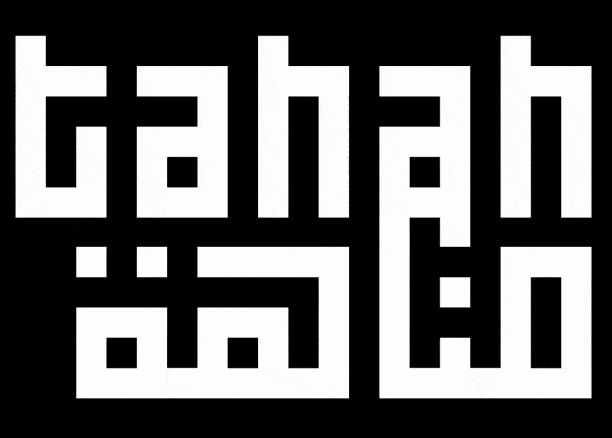Hello everyone,
Sorry in advance, it might be long to explain what I try to achieve, brace yourself !
Context :
I have a latin/arabic two axis variable font, one axis create connexions between letters et the other one extend x-height. It allows to create kind of abstracted text compositions, inspired by kufic calligraphy.
What I do :
I created an interactive poster with HTML, CSS, JS that allow user to adjust axis of each letters, one by one. This thing works well even if the code is a bit fat.
What I want to do :
with webpage it is easy to do letter by letter compositions, but I would like to be able to the same thing directly when typing, by “coding” the font via some kind of regular expressions such as : “a((2,3))” wich replace this expression with just “a” having the two variable axis set to 2 for the first and to 3 for the second one.
Some fonts have similar features such, like Datalegreya, Typoji, AtF Sparks, Andersen, etc.
As I understood, they use complex “sub … by …” But I would like to avoid hand coding that as it would be 10×15=150 combinations for each letter in the font (so at least 26×2×150 = 7800 for latin alphabet, without diacritics, without every arabic letters).
So I would like to know what I could do :
• create a script to generate those thousands of line automatically
• create an embedded script in the font that does the same on the go (this second option seems more elegant ?).
I didn’t know much about font scripting, but I know web programming.
Any tips, advices or usefull links are welcomed
Thanks,
Alexandre

